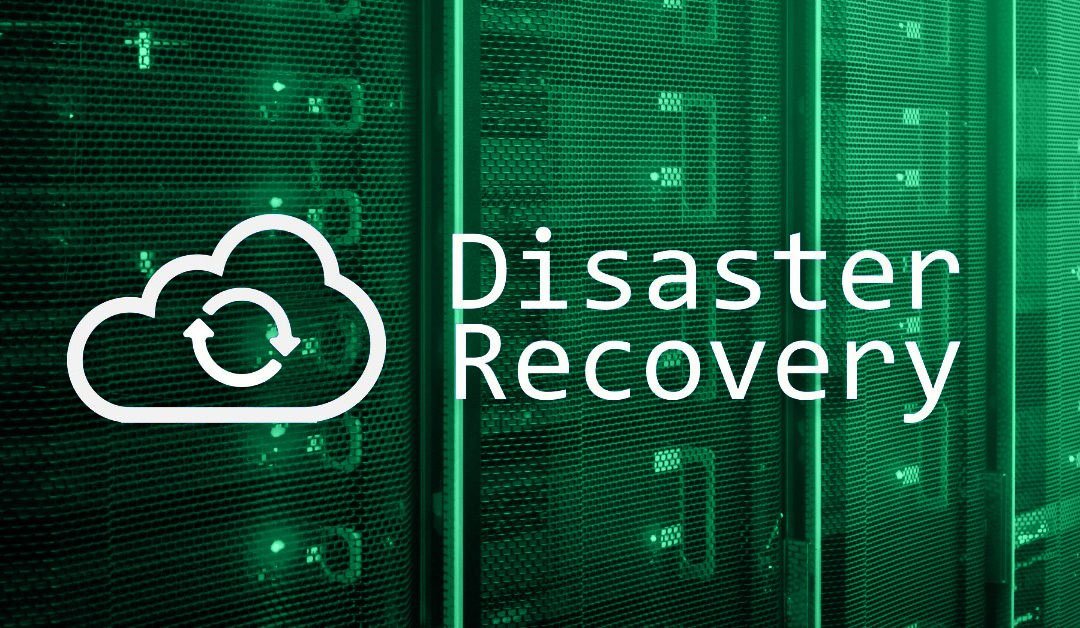Fortifying Your Digital Fortress: A Guide to Robust Cloud Security Measures
I. Introduction
Welcome to our comprehensive guide on safeguarding your digital assets through effective cloud security. As businesses increasingly rely on cloud infrastructure, ensuring the security of sensitive data has become paramount. In this guide, we will explore the intricacies of cloud security, providing insights, strategies, and best practices to fortify your digital fortress against cyber threats.
II. Understanding the Landscape of Cloud Security
A. Importance of Cloud Security
In an era of digitization, the importance of robust security measures cannot be overstated. Effective cloud security is not just about protecting data; it’s about safeguarding the integrity and reputation of your entire business. Cyber threats are evolving, and a comprehensive security strategy is the key to mitigating risks.
B. Common Threats in Cloud Environments
Cloud environments face a spectrum of cyber threats, from data breaches to unauthorized access. Understanding these threats is the first step in building a resilient security infrastructure. Threats such as phishing attacks, data breaches, and DDoS attacks are prevalent and demand proactive security measures.
III. Key Components of Cloud Security
A. Identity and Access Management (IAM)
IAM is the linchpin of cloud security, controlling access to resources and ensuring only authorized users have entry. Robust IAM involves proper user authentication, authorization, and monitoring to prevent unauthorized access.
B. Data Encryption and Privacy
Securing data is non-negotiable. Encryption ensures that even if data is intercepted, it remains unreadable. Privacy considerations extend beyond encryption to include data residency and compliance with regulations such as GDPR.
IV. Implementing Cloud Security Measures
A. Network Security
Securing the network infrastructure in the cloud involves deploying firewalls, VPNs, and employing network segmentation. These measures act as barriers against unauthorized access and protect the integrity of data in transit.
B. Security Compliance in the Cloud
Adherence to security compliance standards is crucial, varying depending on the industry. Implementing and maintaining compliance not only fortifies your security posture but also ensures regulatory adherence.
V. Best Practices for Cloud Security
A. Regular Security Audits and Assessments
Regular security audits are essential to identify vulnerabilities and assess the effectiveness of existing security measures. Periodic assessments help in staying ahead of emerging threats and maintaining a proactive security stance.
B. Incident Response and Recovery
No security infrastructure is foolproof. Preparing for incidents involves having a well-defined incident response plan and a robust recovery strategy. Swift action during and after a security incident is crucial for minimizing damage.
VI. Emerging Trends in Cloud Security
As technology advances, so do the tactics of cybercriminals. Staying informed about emerging trends is essential. Artificial intelligence and machine learning are playing an increasingly vital role in detecting and responding to sophisticated threats.
VII. Cloud Security for Different Cloud Service Models
A. Security Considerations for IaaS
Securing Infrastructure as a Service involves a shared responsibility model where both the cloud provider and the customer have specific security responsibilities. Understanding this model is key to implementing effective security measures.
B. Security Strategies for PaaS
Platform as a Service introduces its own set of security considerations. Addressing these involves a combination of provider-managed and customer-managed security measures to protect applications and data.
C. Ensuring Security in SaaS
Software as a Service relies on the shared responsibility model, with the provider managing the security of the platform. However, users still have responsibilities, including securing access and protecting data within the application.
VIII. Conclusion
In conclusion, securing your digital assets in the cloud is an ongoing and evolving process. By understanding the landscape of cloud security, implementing key components, adopting best practices, and staying informed about emerging trends, you can fortify your digital fortress against the ever-evolving threat landscape. Prioritize cloud security, and empower your business to thrive in the digital age.





